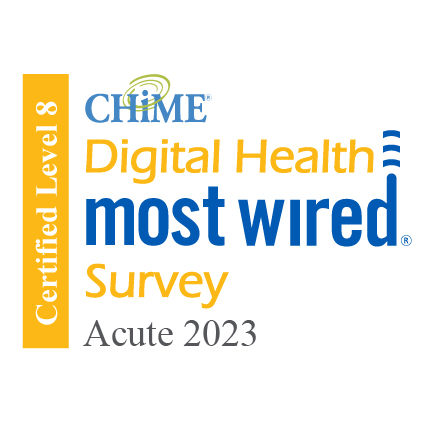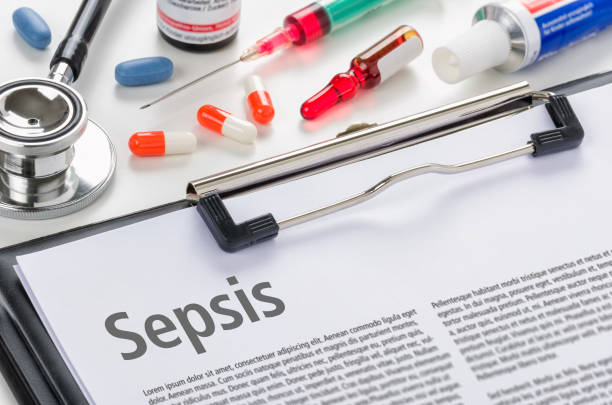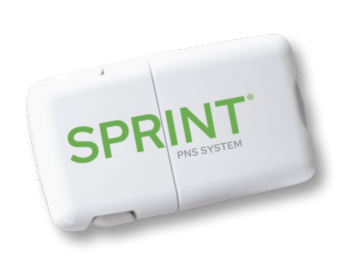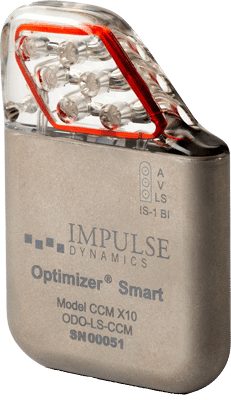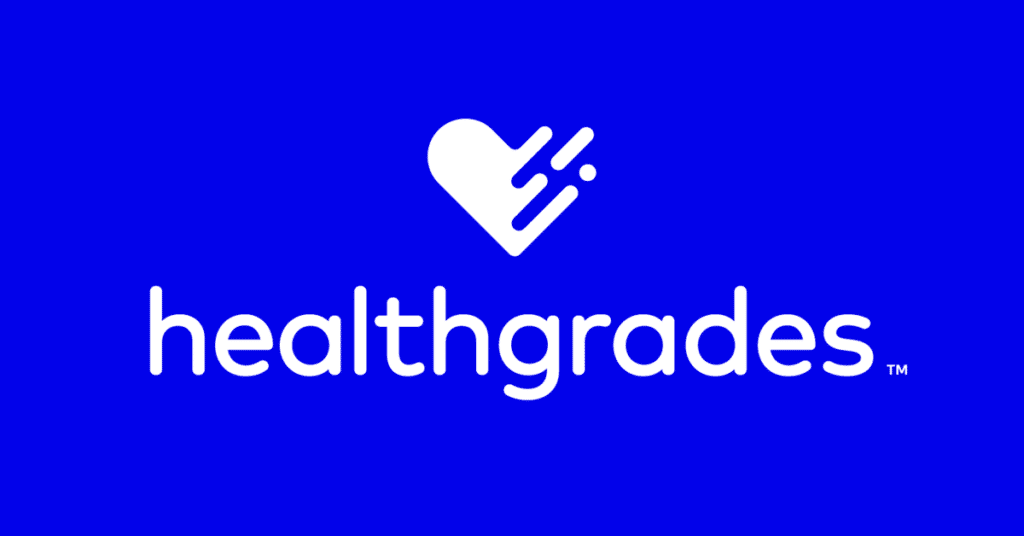Cheyenne Regional Medical Center Launches Program to Help Save More Heart Attack Patients
Cheyenne, WY—Cheyenne Regional Medical Center officials announced today that they have launched a program called “Air STEMI” to provide heart attack patients with timely care in order to save more lives and improve survivors’ outcomes.
The initiative is a collaborative effort involving Cheyenne Regional and its air ambulance service, emergency medical services providers and first responders in southern Wyoming and western Nebraska.
To support the new program, Cheyenne Regional has provided specialized training for medical personnel to follow specific protocols in treating patients who suffer from a STEMI (ST-elevation myocardial infarction).
During a STEMI, blood flow is completely blocked to one of three coronary arteries that supply blood to the heart. Unless the blockage is removed quickly, the patient’s health and life are at serious risk.
Nationwide, about two-thirds of STEMI patients fail to receive the best available treatments to restore blood flow. According to the Centers for Disease Control, Wyoming has one of the highest STEMI death rates in the nation.
“Timely care is critical,” said Dr. Muhammad Khan, an interventional cardiologist at Cheyenne Regional who helped develop the Air STEMI protocol at Cheyenne Regional. “Unless a blockage in the artery is eliminated quickly to restore blood flow, the patient is at great risk of death or debilitation.”
Having a specific protocol in place ensures that every time a STEMI code is called, the medical professionals responding know what to expect. The protocol covers every step along the way, allowing the hospital to react faster to prepare for the patient’s arrival and reduce the time from the initial 9-1-1 call to the patient entering the catheterization lab.
Training so far has been provided to medical professionals at Cheyenne Regional and Kimball Health Services and to first responders in Cheyenne and Kimball. The program plans to expand to other communities in the region over the next few months.
“This is a very seamless process and a great tool for our health providers,” said Richard Harriger, emergency room director and trauma coordinator at Kimball Health Services. “It gives our providers insight into what the cardiologist needs to know before they receive the patient.”
“In treating a heart attack, time is muscle,” Dr. Khan said. “With a program like this, you can save muscle and improve the overall outcomes for heart attack patients in our community and region.”
“It’s better for the patient,” Harriger added. “The sooner you get the patient turned around, the better the outcome.”
“Removing the variables removes wasted minutes—and gets your loved ones the care they need as quickly as possible,” Dr. Khan said.
